The Amazing Ancient Spectacle Of The Sport Of Gladiators
Origins and Evolution
The sport of gladiators, known as the munera, originated in ancient Rome around the 3rd century BCE. Initially, these combat events were part of funeral rites, intended to honor deceased nobles and ensure their spirits received a proper send-off. Over time, however, gladiatorial games evolved into a popular form of public entertainment, attracting vast crowds eager to witness the thrilling spectacle.

Types of Gladiators
Types of Gladiators and Combat Styles
Gladiators were typically slaves, prisoners of war, or condemned criminals, though some free men volunteered for the chance to gain fame and fortune.
There were various types of gladiators, each with their own unique combat style and weaponry.
Thracians and Samnites
Thracians
Armed with a curved sword called a sica and a small round shield, Thracian gladiators were known for their agility and speed.
Samnites
Heavily armored with a large rectangular shield and a short sword, Samnite gladiators favored a more defensive style of combat.

Retiarii and Murmillones
Retiarii
Wielding a trident and a net, Retiarii gladiators relied on their dexterity to ensnare and outmaneuver their opponents.
Murmillones
Equipped with a helmet adorned with a fish-shaped crest, a large shield, and a gladius (short sword), Murmillones were formidable fighters who often faced off against Retiarii.
Gladiatorial Arenas and Spectacles
The most famous venue for gladiatorial games was the Colosseum in Rome, an architectural marvel that could accommodate up to 50,000 spectators. The games were elaborate spectacles, often accompanied by parades, musical performances, and feasts. The arena floor could be transformed to represent various landscapes, from deserts to forests, adding to the excitement and drama of the combats.
The Role of the Emperor
Roman emperors played a significant role in the organization and promotion of gladiatorial games. Hosting grand spectacles was a way for emperors to gain favor with the public and demonstrate their power and generosity. Some emperors, like Commodus, even participated in the games themselves, showcasing their prowess as gladiators.

Training and Lifestyle of Gladiators
Gladiator Schools
Gladiators underwent rigorous training in specialized schools known as ludi, where they were taught the skills and techniques required for combat. These schools were overseen by a lanista, a trainer who ensured the gladiators were in peak physical condition.
Life and Death
Life as a gladiator was brutal and often short-lived. While some gladiators achieved fame and fortune, many met their end in the arena. The phrase “Ave, Imperator, morituri te salutant” (“Hail, Emperor, those who are about to die salute you”) was a poignant reminder of the mortal risks faced by these ancient warriors.
What Did Gladiators Eat?
Diet and Nutrition
The diet of gladiators was surprisingly well-balanced and designed to maintain their strength and stamina. Known as “hordearii,” or “barley men,” gladiators primarily consumed a high-carbohydrate diet that included barley, wheat, and legumes. These foods provided the necessary energy for their intense training and combat.
Protein Sources
In addition to grains and legumes, gladiators also consumed protein-rich foods such as beans and lentils. While meat was not a staple in their diet, it was occasionally included to ensure they received adequate protein for muscle maintenance and repair.
Health and Fitness
The focus on a plant-based diet was not only for energy but also for overall health. Gladiators needed to maintain optimal physical condition, and their diet played a crucial role in achieving this. The combination of carbohydrates and proteins helped them build muscle mass and sustain their rigorous training regimen.

Daily Life and Training Regimen
Training Schedules
Gladiators followed strict and demanding training schedules to prepare for their battles in the arena. These schedules included physical conditioning, combat drills, and strategic exercises designed to enhance their skills and stamina.
Combat Drills
Combat drills were a crucial part of a gladiator’s training regimen. These drills helped gladiators perfect their fighting techniques, improve their reflexes, and develop the mental toughness needed for combat.
Leisure and Recreation
Despite their grueling training schedules, gladiators had some time for leisure and recreation. They engaged in activities such as playing board games, socializing with fellow gladiators, and participating in religious rituals to seek favor from the gods.
Famous Gladiators and Legends
Spartacus
One of the most famous gladiators in history is Spartacus, a Thracian gladiator who led a major slave uprising against the Roman Republic. His story has become legendary, symbolizing the fight for freedom and resistance against oppression.
Crixus and Oenomaus
Crixus and Oenomaus were also notable gladiators who fought alongside Spartacus in the slave rebellion. Their bravery and leadership have been celebrated in various historical accounts and popular culture.
Female Gladiators
While less common, female gladiators, known as gladiatrices, also participated in the games. These women demonstrated remarkable courage and skill, challenging traditional gender roles in ancient Rome.
Gladiator Games and Roman Society
Social Impact
Gladiatorial games were deeply ingrained in Roman society and had a significant social impact. They served as a means of social control, reinforcing the power of the ruling class and providing a spectacle that distracted the masses from political issues.
Public Entertainment
The games were a major form of public entertainment, drawing large crowds from all walks of life. They provided an opportunity for the emperor and other elite members of society to showcase their wealth and power.
Moral and Ethical Debates
The brutality of gladiatorial games sparked moral and ethical debates among ancient Romans. Some intellectuals and philosophers criticized the games for their inhumane treatment of gladiators and the desensitization of the public to violence.

The Decline of Gladiatorial Games
Economic Factors
The decline of gladiatorial games can be attributed to several factors, including economic challenges. The cost of organizing and hosting these elaborate spectacles became increasingly burdensome for the Roman Empire.
Rise of Christianity
The rise of Christianity also played a role in the decline of gladiatorial games. Christian leaders condemned the games as barbaric and contrary to their religious teachings, leading to a gradual shift in societal attitudes.
Legislative Changes
Emperor Honorius officially banned gladiatorial games in 404 CE, marking the end of this ancient tradition. The ban reflected the changing values and priorities of Roman society as it moved away from the violent spectacles of the past.
Cultural Significance and Legacy
Entertainment and Morality
Gladiatorial games were not just a form of entertainment but also a reflection of Roman values and societal norms. The games emphasized bravery, skill, and the acceptance of death, qualities that were highly esteemed in Roman culture.
Modern-Day Fascination
The legacy of gladiators endures in modern times, with countless films, books, and television shows drawing inspiration from these ancient warriors. The enduring fascination with gladiators speaks to their dramatic and captivating history, which continues to captivate audiences around the world.
Conclusion
The ancient sport of gladiators was a complex and multifaceted phenomenon that combined elements of combat, entertainment, and cultural expression. While the brutal reality of the games is far removed from the present day, the legacy of these warriors lives on, reminding us of the grandeur and cruelty of ancient Rome. The story of the gladiators remains a compelling chapter in the annals of history, offering insights into the values and passions of a bygone era.
Join the Discussion
What fascinates you most about the ancient sport of gladiators? Do you have any favorite historical figures or stories from the gladiatorial games? Perhaps you’ve read a captivating book or watched an exciting movie about these ancient warriors.
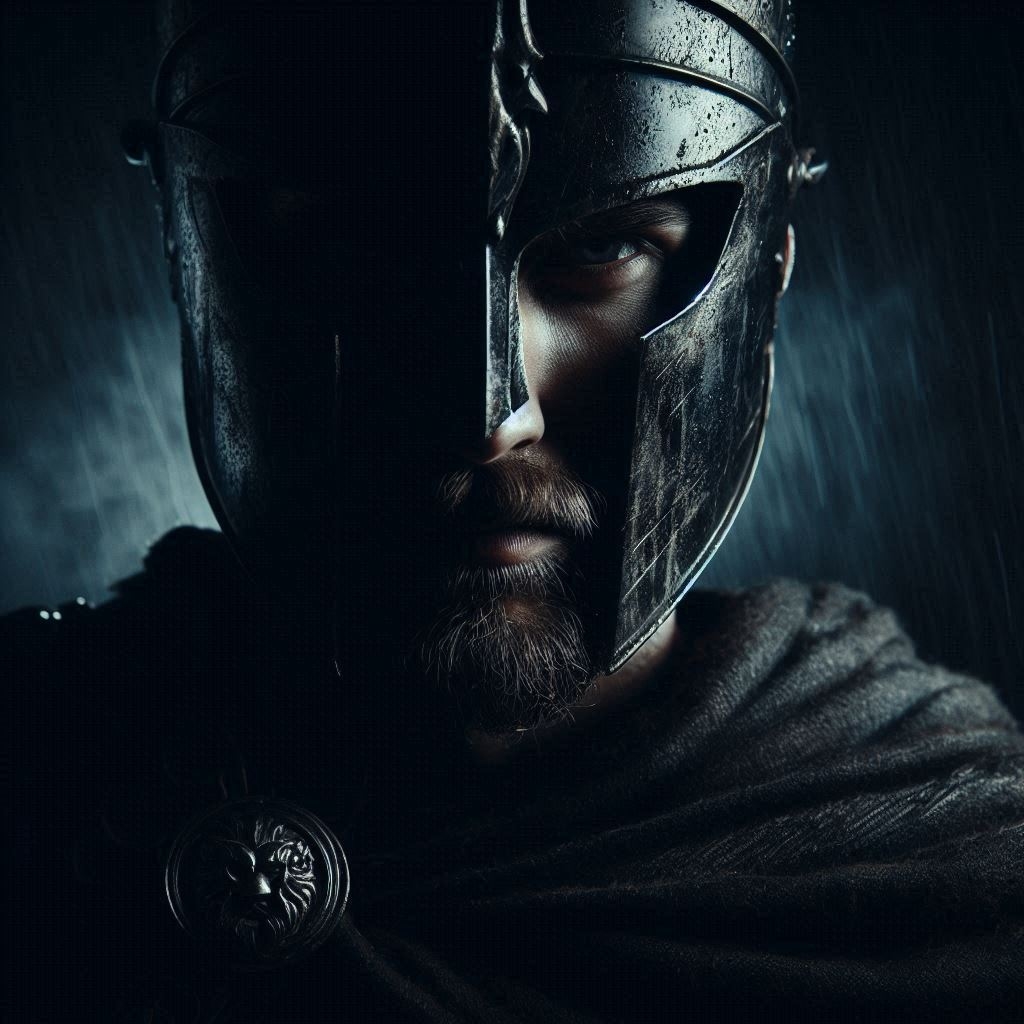

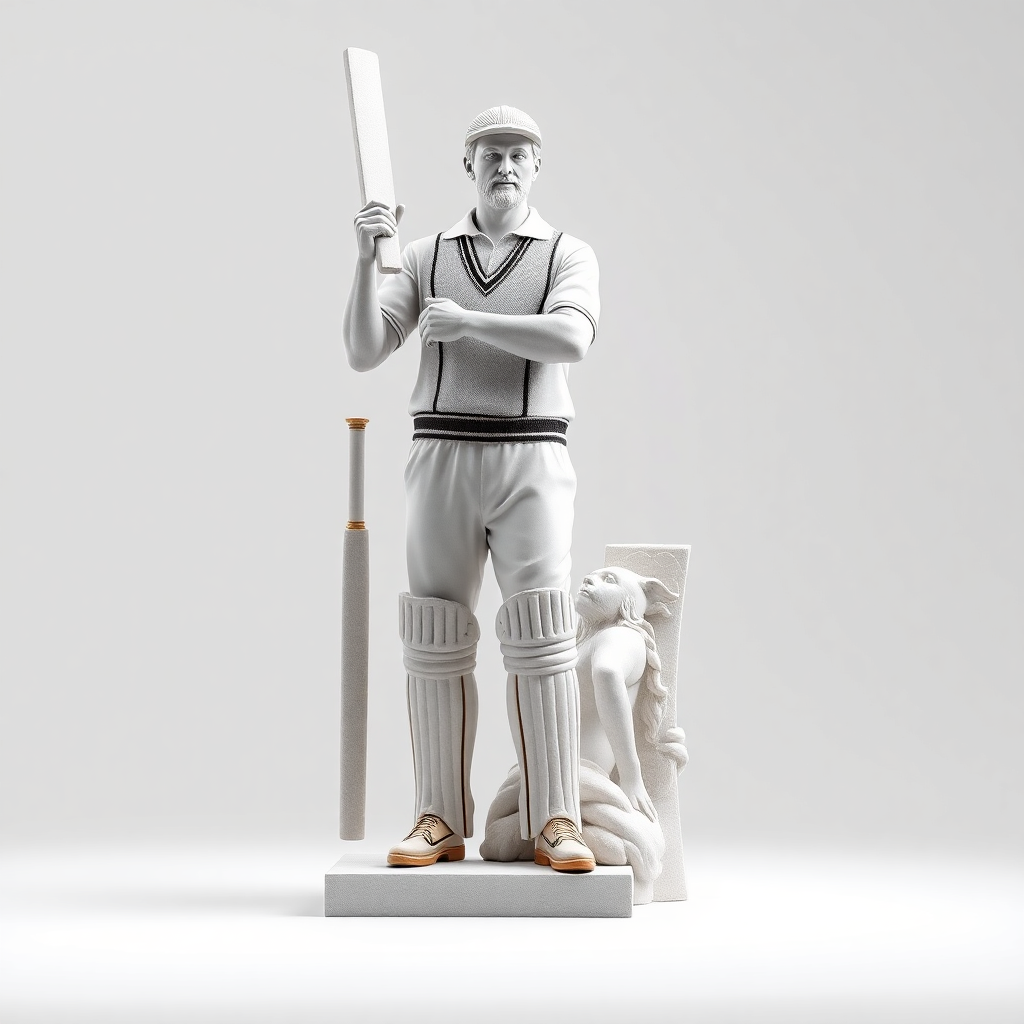

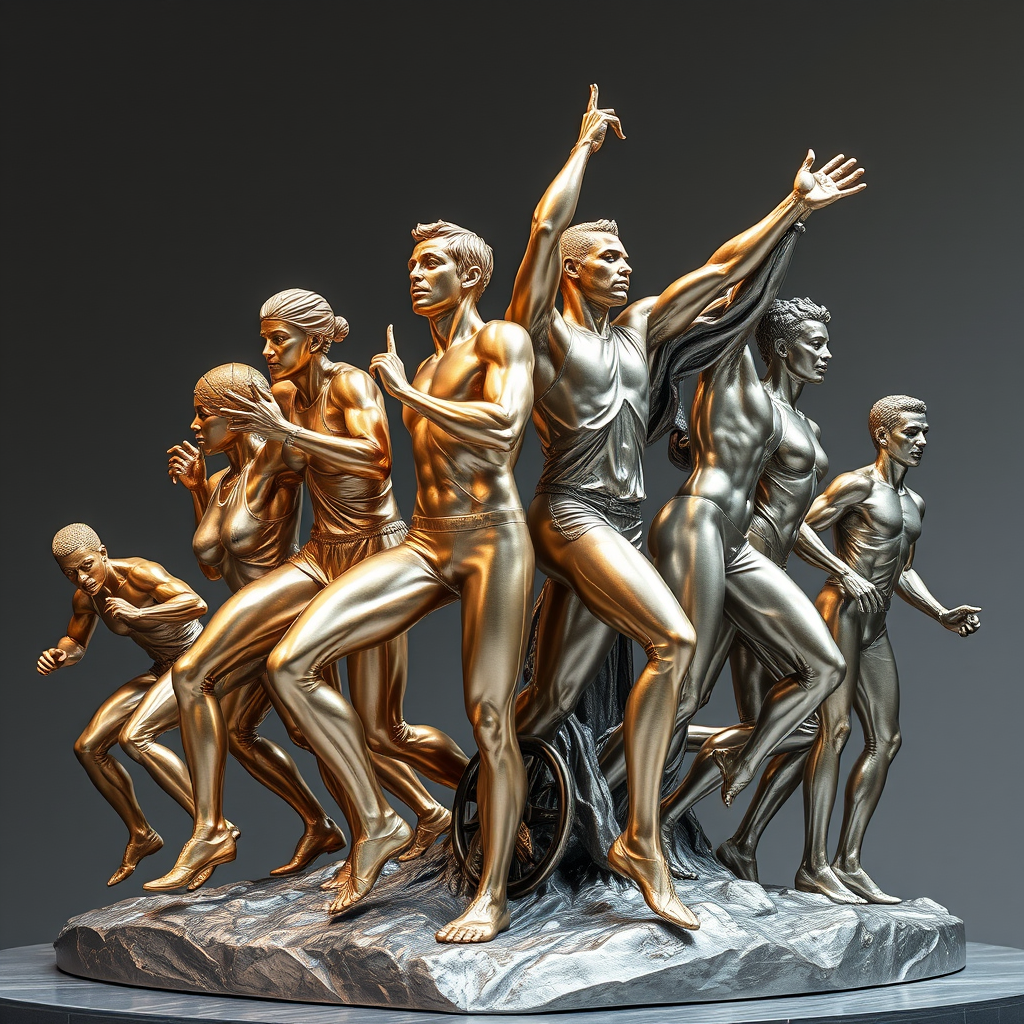
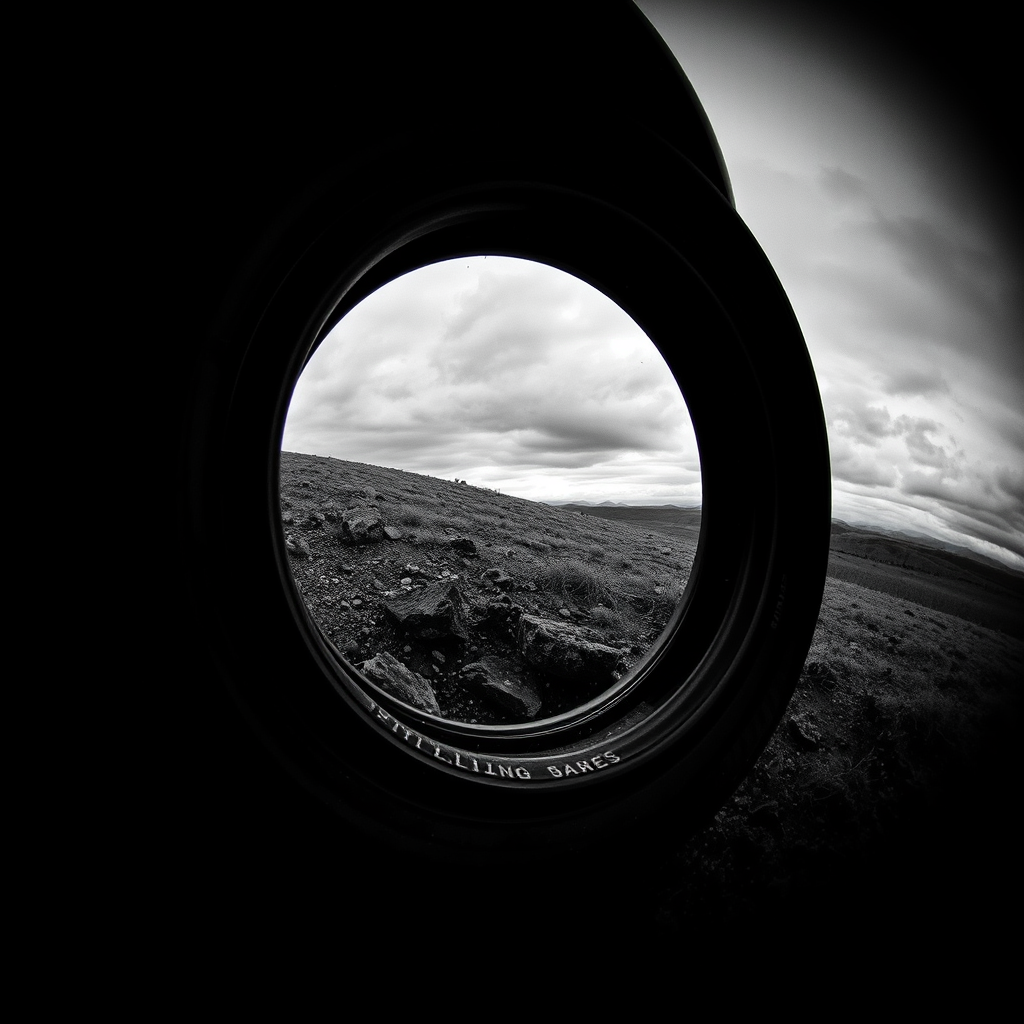
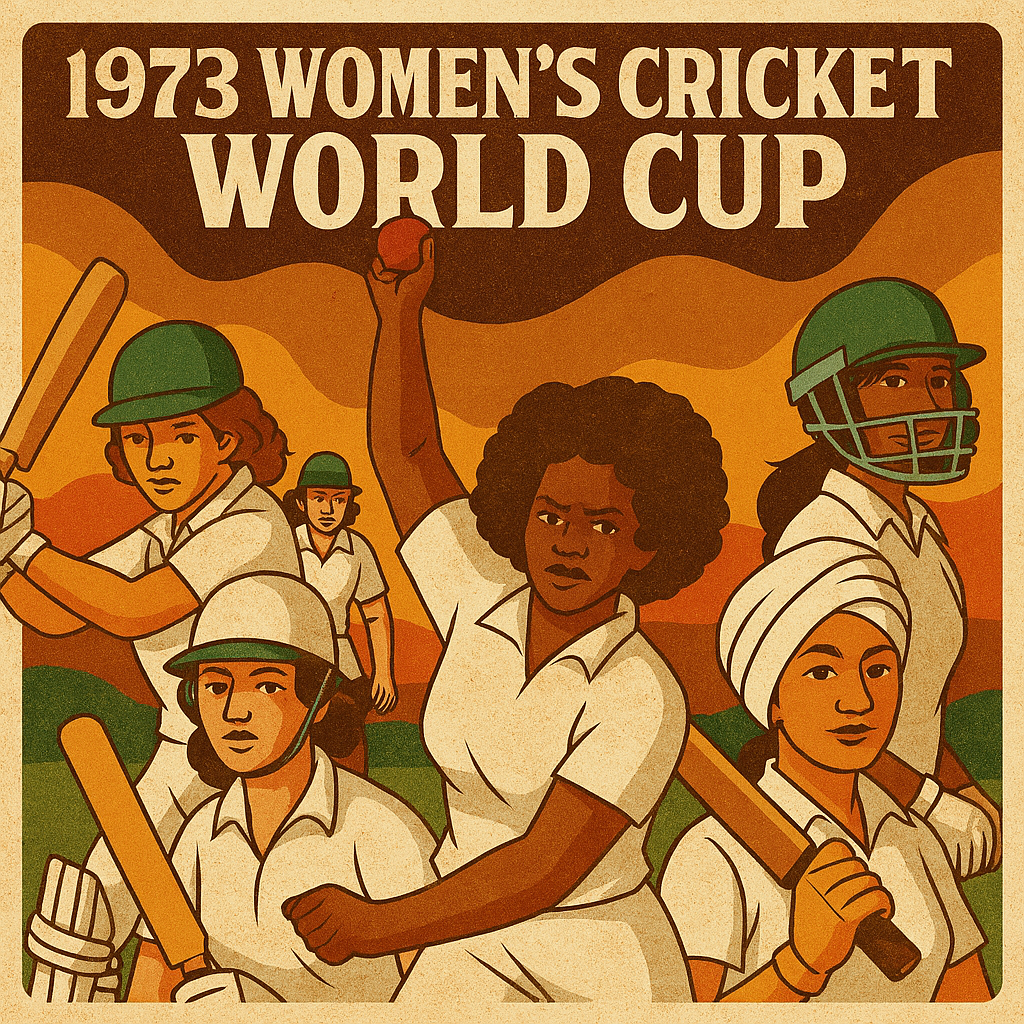
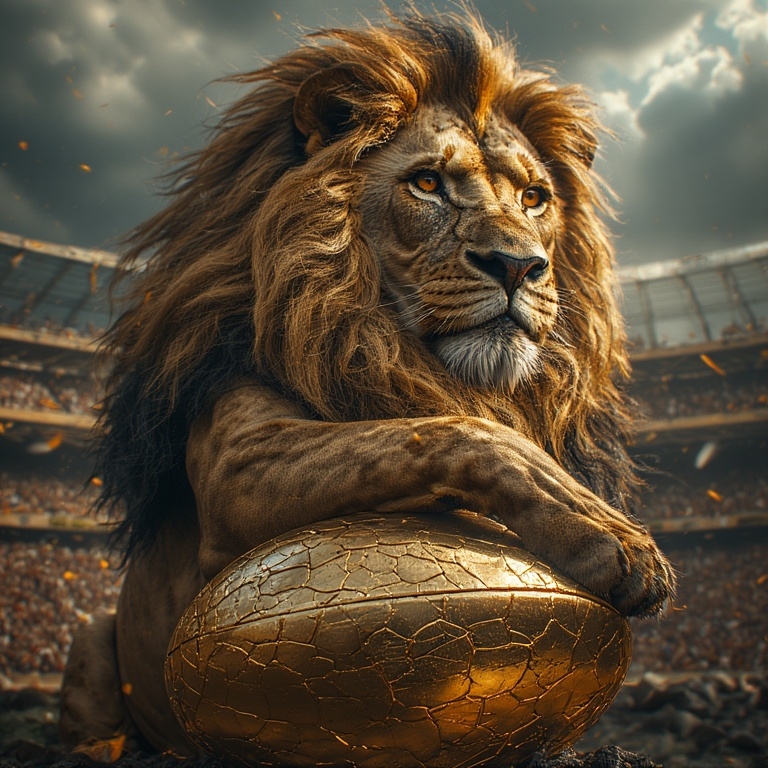

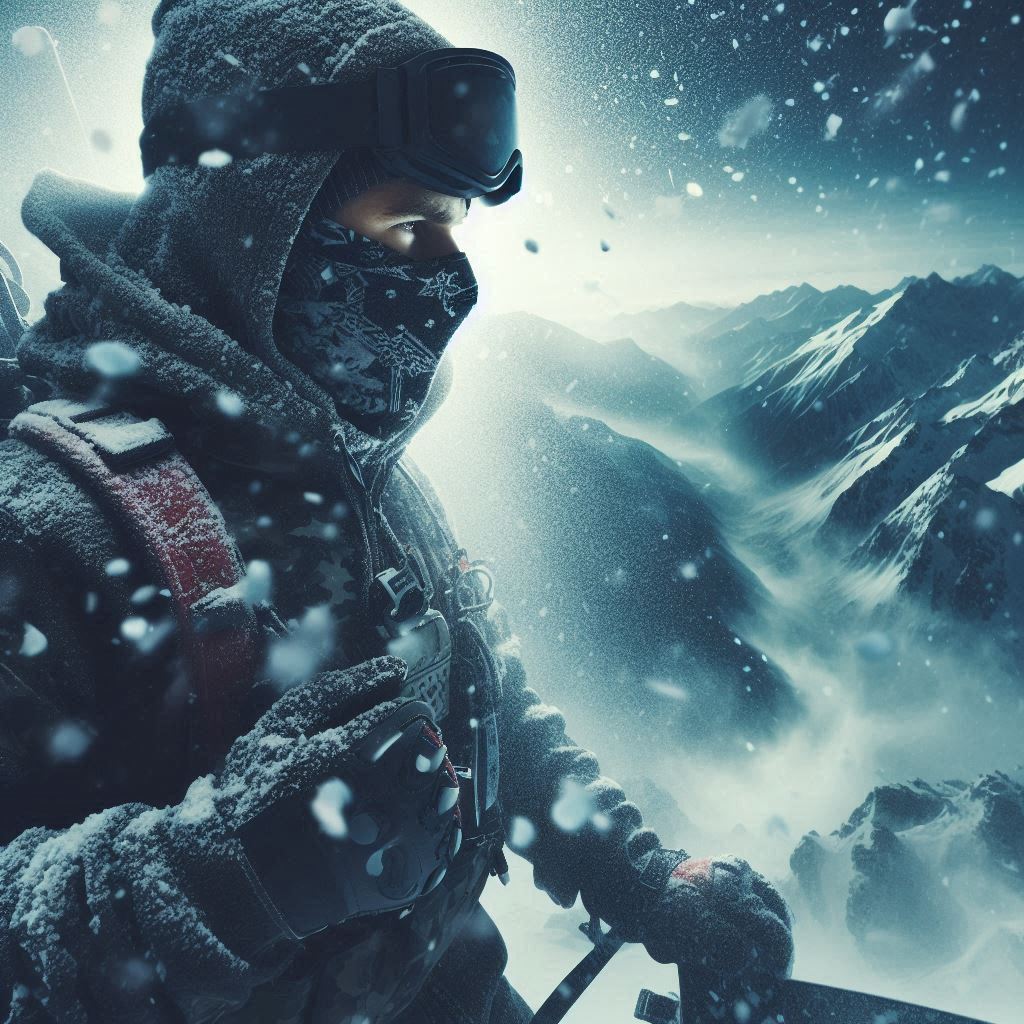
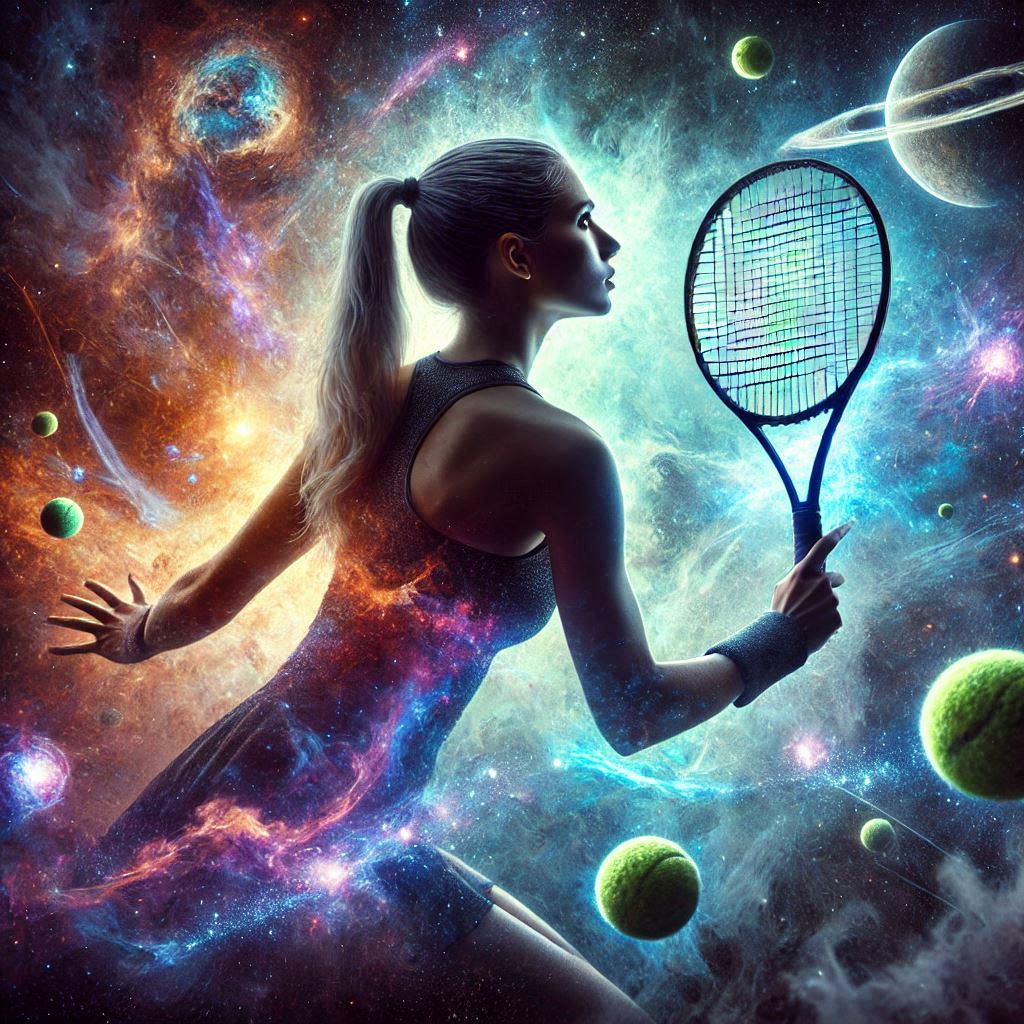

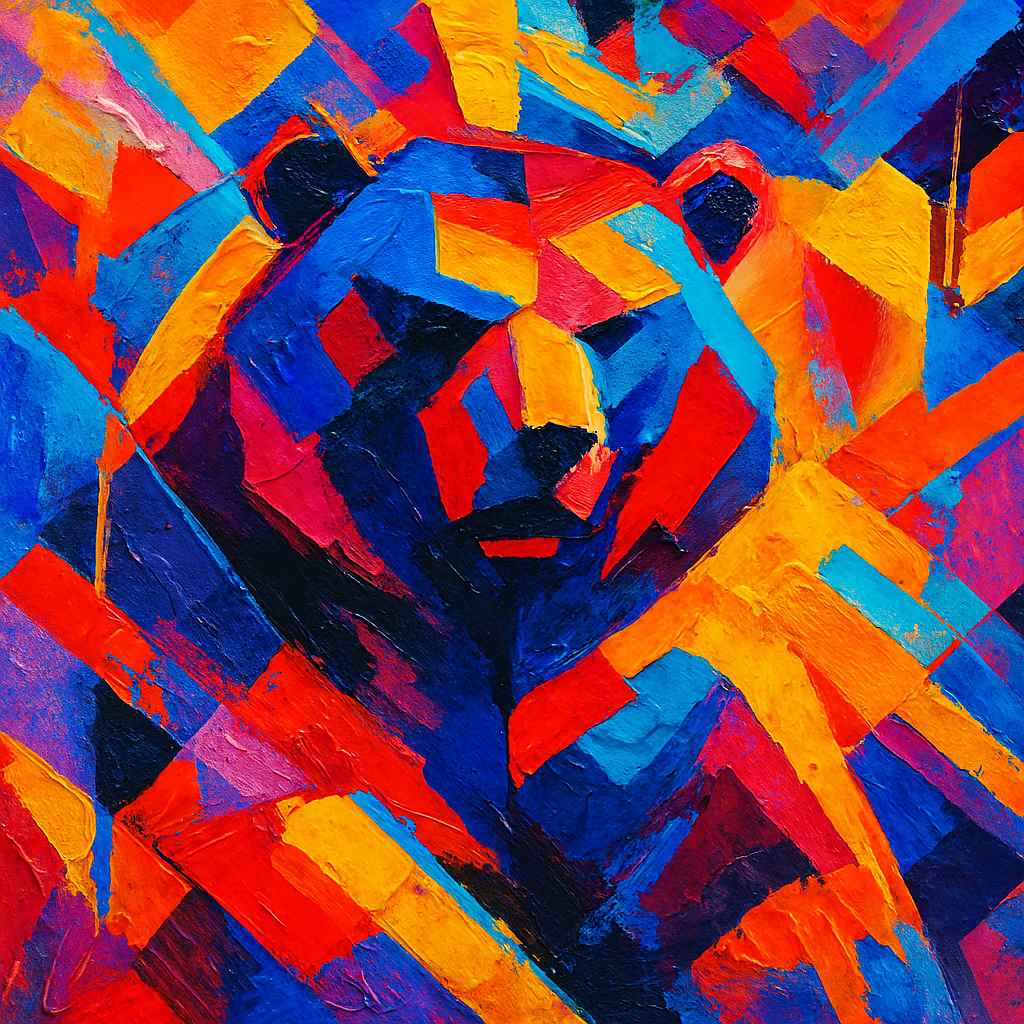

The Cool Identity Of Sports Complex Athletes Image - Crickky
[…] From iconic athletes to emerging stars, the idea of looking cool plays a significant role in shaping their public image and identity. But why is the idea of looking cool such a factor in sports? Do athletes become cool due to […]